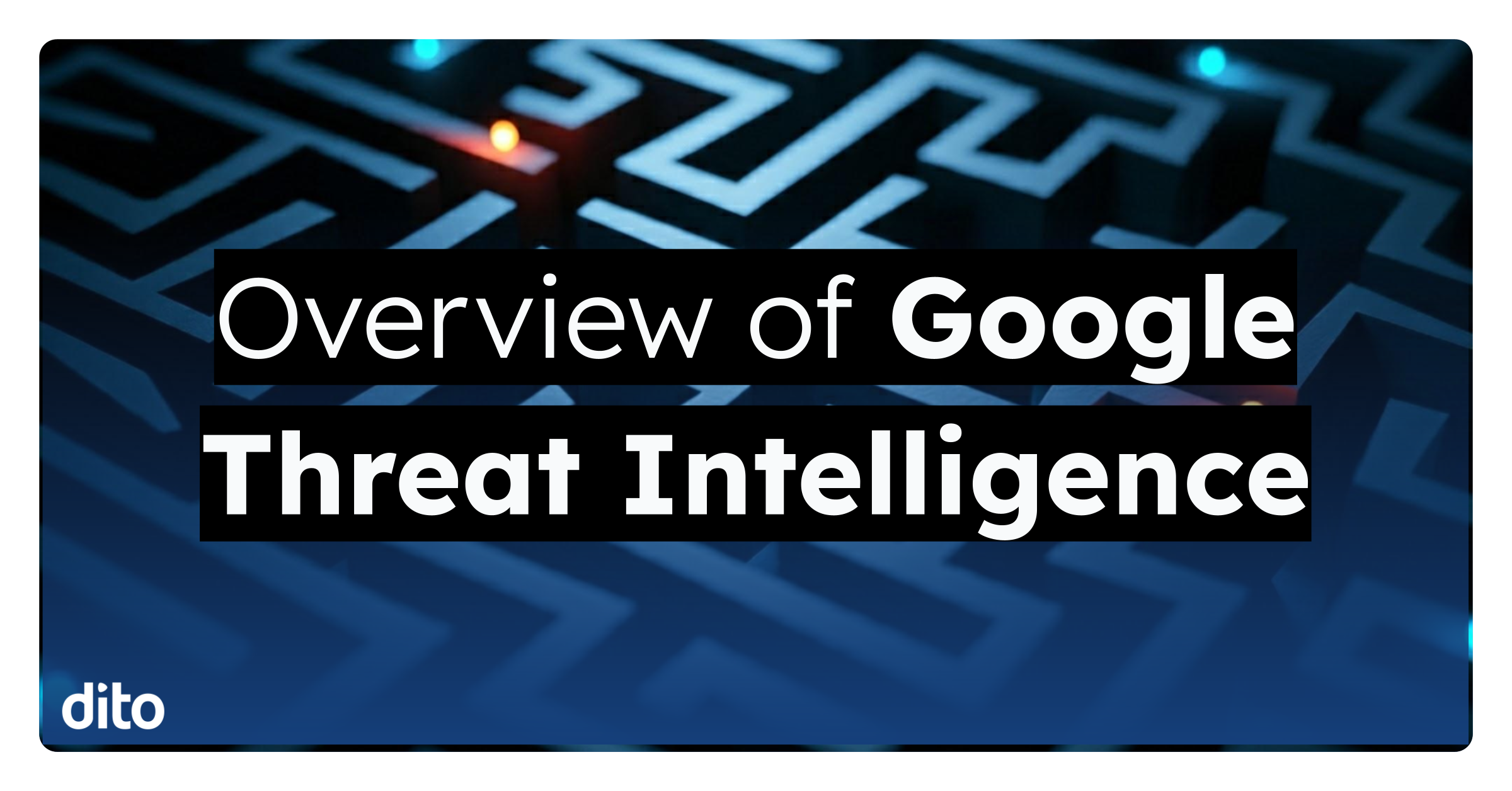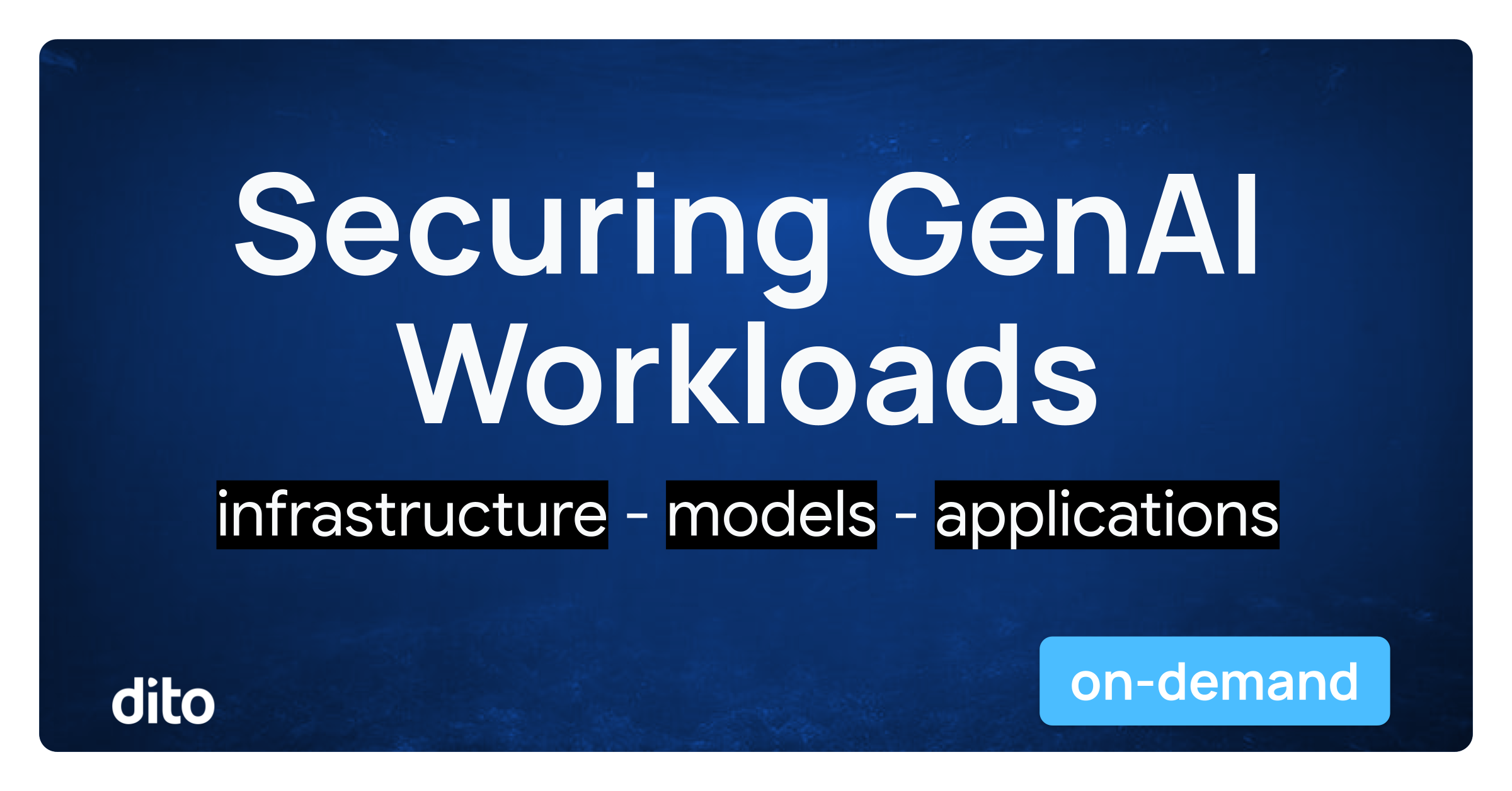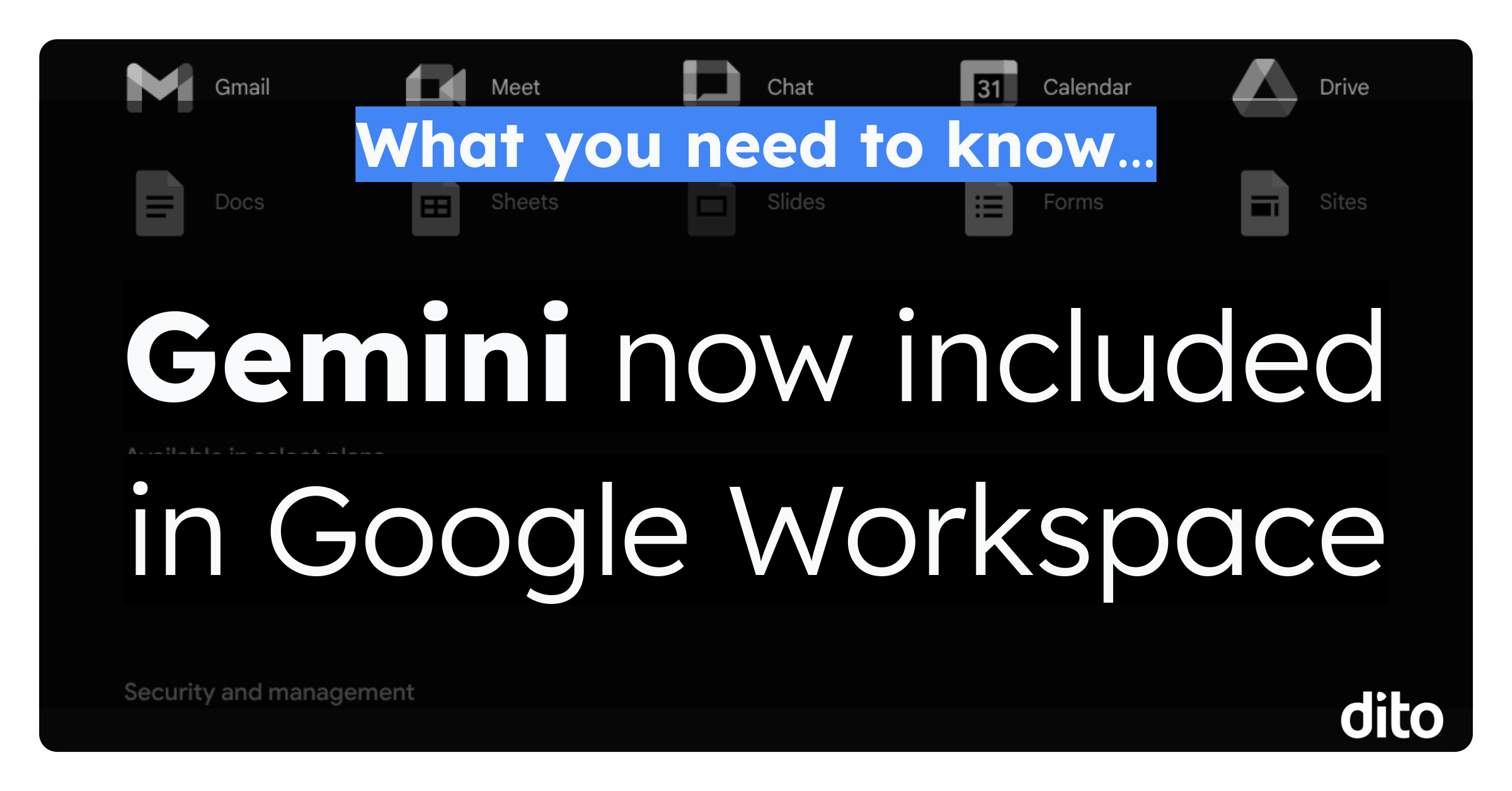Enterprise CISOs and security analysts are overwhelmed as the volume and sophistication of threats continue to rise. Meanwhile, most security operations centers (SOCs) are bogged down by legacy systems and reactive approaches.
The promise of threat intelligence – to anticipate, identify, and stop threats before they escalate – often falls short due to the limitations of traditional tools and processes. As a result, CISOs face several key challenges when implementing and understanding threat intelligence:
- Data Overload and Alert Fatigue: Traditional threat intelligence solutions flood SOCs with massive amounts of data, often without context. This leads to alert fatigue, where security teams are unable to prioritize the most critical threats and instead spend valuable time chasing false positives or low-priority incidents.
- Siloed Systems and Disconnected Tools: Many legacy SOCs rely on disconnected tools and fragmented data sources. Without an integrated system, security teams struggle to correlate threat intelligence across various platforms, leading to blind spots and delayed responses to critical incidents.
- Slow Response Times Due to Manual Processes: Legacy threat intelligence solutions often require manual investigation and correlation, which slows down the response to active threats. In a world where attackers are becoming faster and more agile, these delays can be catastrophic.
Google Threat Intelligence is designed to address these pain points, bringing a modern, integrated, and AI-powered solution that enables organizations to move from reactive firefighting to proactive defense. With Google’s unmatched visibility, Gemini AI, VirusTotal community, and Mandiant’s expertise, security teams can turn data into actionable insights, streamline their workflows, and drastically reduce response times.
The Shift from Reactive to Proactive Cybersecurity
With Google Threat Intelligence organizations can access refined insights into cyber threats, shifting from a reactionary stance to a proactive, intelligence-driven security posture. Drawing from a vast array of sources like Mandiant’s incident investigations, Google’s defense of billions of users, and the VirusTotal platform, organizations are armed with context about who is targeting them, what tactics they’re using, and how to stop them.
Consider a global retail company preparing for its biggest sales event of the year. Traditionally, their security team would brace themselves, hoping to repel the expected onslaught of attacks. With Google Threat Intelligence, instead of waiting for the attacks to occur, the team preemptively identifies the threat actors, blocks their avenues, and hardens their defenses. Their security posture transforms from reactive to proactive, turning the tide against the attackers.
Identifying Active Threats Before They Escalate
Many organizations struggle with distinguishing between “threats” – the intent to harm – and “attacks” – actual breaches. Google Threat Intelligence enables security teams to identify active threats by scanning multiple sources of intelligence, including the dark web, to detect any signs of impending attacks. This allows businesses to respond to threats before they manifest as full-blown breaches.
Picture a healthcare organization safeguarding sensitive patient data. Dark web chatter reveals that attackers are discussing vulnerabilities in the company’s system. Using Google Threat Intelligence, the security team identifies this threat in real-time and patches the vulnerabilities before any data is compromised, averting a crisis.
Leveraging AI to Supercharge Threat Intelligence with Gemini
One of the key differentiators of Google Threat Intelligence is its integration with AI through Gemini. This AI engine analyzes vast datasets, prioritizes the most relevant threats, and reduces the noise of false positives. It acts as a force multiplier for security teams, helping them focus on the most critical issues. Over time, Gemini learns from your actions, providing even more tailored insights that fit your organization’s unique risk profile.
A financial institution experiences a deluge of security alerts daily. The team struggles to sift through them to find the real threats. Gemini, within Google Threat Intelligence, steps in, filtering through the noise, automatically categorizing threats based on their relevance, and providing easy-to-understand summaries. Now, instead of drowning in alerts, the team can focus on what truly matters—stopping critical threats.
From Insights to Action: Enhancing Response Times
Turning insights into action is where the rubber meets the road. Google Threat Intelligence ensures that security teams can respond to threats within minutes, not weeks. By integrating with existing security tools and workflows, insights are turned into defensive actions, significantly reducing manual effort and improving response times.
A tech company is alerted to a zero-day vulnerability being actively exploited. Traditionally, this would trigger an urgent manual investigation, taking days. But with Google Threat Intelligence, the vulnerability is automatically flagged, and the team is prompted with steps for immediate mitigation. What could have been a major breach is contained within hours.
Expert Guidance at Your Fingertips
Organizations using Google Threat Intelligence aren’t left to fend for themselves. Dito and Mandiant’s threat analysts are available for consultation, training, and even embedding within security teams. Whether a business needs help understanding the threat landscape or requires expert hands during a critical incident, expertise can be accessed quickly.
Imagine a mid-sized manufacturing firm with a small security team. A ransomware group begins targeting their sector, and the team feels outmatched. Through Google Threat Intelligence, they gain access to Mandiant’s frontline experts, receiving real-time guidance and tailored recommendations to repel the attack. What could have been a devastating incident is averted thanks to expert intervention.
Unified Verdicts: Trusting a Single Source of Truth
Security teams often waste valuable time debating the severity of threats because they receive conflicting reports from different tools. Google Threat Intelligence addresses this by providing a unified verdict—a single, trusted assessment of whether an indicator is malicious. This enables teams to act confidently and quickly.
A global logistics company finds conflicting reports on a suspicious domain across their various security platforms. Their security team wastes hours trying to confirm whether it poses a risk. With Google Threat Intelligence, the unified verdict removes the guesswork. They know immediately whether to block or allow the domain, freeing up time and resources.
Google Threat Intelligence – The Evolution of Threat Detection
For years, Mandiant Threat Intelligence set the standard for organizations seeking real-time, actionable insights to combat cyberattacks. Google Threat Intelligence represents a leap forward by integrating Mandiant frontline expertise, that of the global VirusTotal community, and the industry-leading expertise and unmatched scale of Google.
By combining Mandiant’s world-class threat analysis with Google’s AI-driven capabilities and vast threat data, it offers a comprehensive, subscription-based service that transforms the way security operations centers (SOCs) function.
Google Threat Intelligence brings a unified platform that enables faster detection, smarter responses, and more proactive threat management, removing the pain of sifting through overwhelming amounts of data or juggle disconnected tools. AI-powered insights from Gemini help security teams cut through the noise, while real-time updates and deep contextual intelligence from Mandiant ensure that no threat goes unnoticed.
As the next evolution in threat intelligence, Google Threat Intelligence empowers enterprises to transition from reactive to proactive cybersecurity – giving them the edge they need to stay ahead of today’s rapidly evolving threat landscape.











